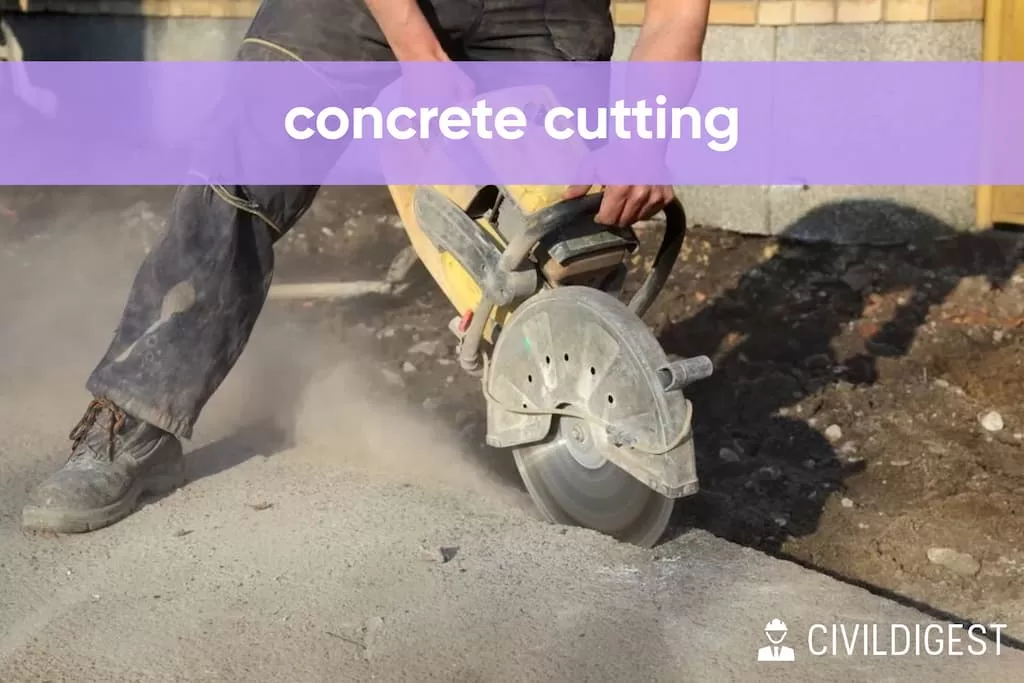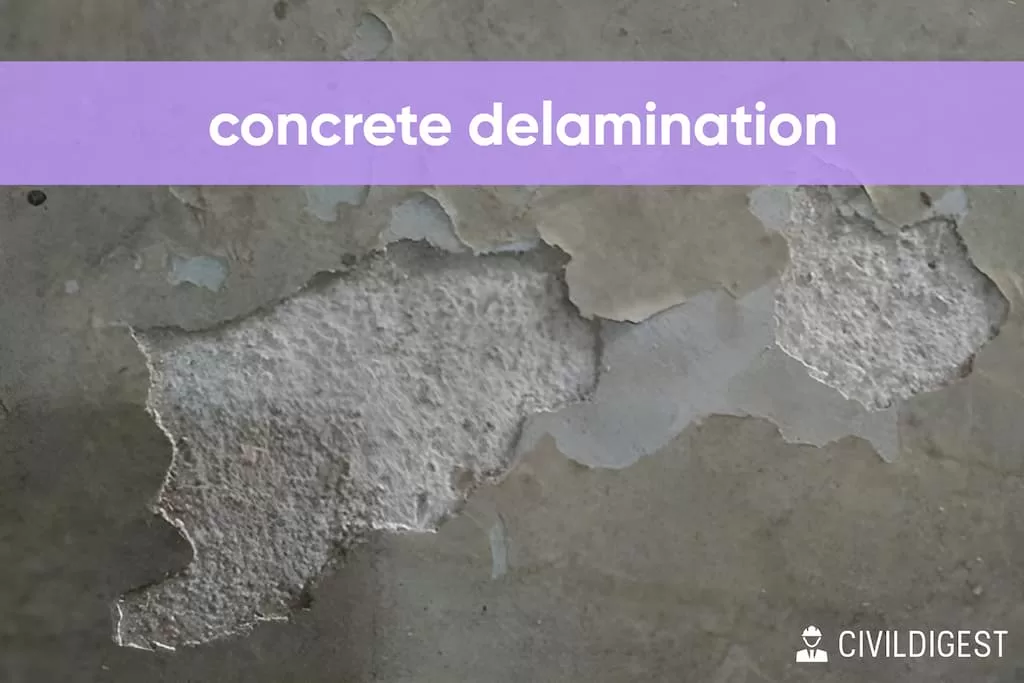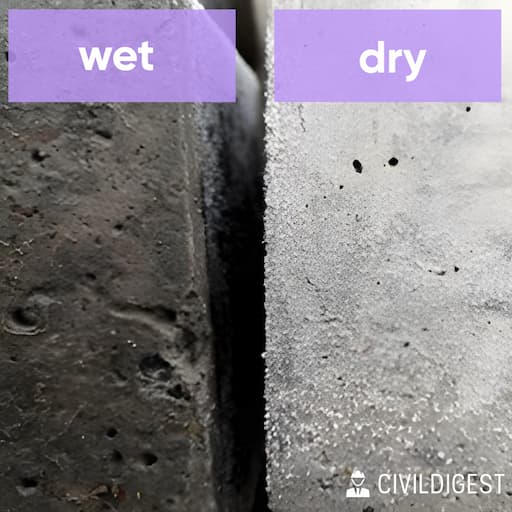If you’re wondering, “When is it too late to cut concrete?” you’ve come to the right place. For most concrete work, cutting should ideally happen within the first 6 to 18 hours. This article will provide you with in-depth information to guide your timely decisions for your construction project.
Table of Contents
How long should concrete dry before cutting?
Firstly, let’s get to the point: you should ideally cut concrete within 6 to 18 hours after pouring, and certainly not beyond 24 hours. Now, let’s delve into the details.

Factors Affecting the Timing
Several factors influence the best time to cut concrete:
Weather Conditions: Humidity and temperature play a huge role. Hotter conditions might require you to cut sooner.
Concrete Mix: The specific mix of concrete affects how quickly it dries.
Local Conditions: Wind speed, exposure to sunlight, and other local conditions can also have an impact.
Timeframes for Cutting
Here’s a rough guideline based on various conditions:
4 to 12 hours: Standard time for most conditions.
1 to 4 hours: Early-entry dry-cut in hot weather, but shallower cuts.
Risks of Incorrect Timing
Cutting too early or too late poses risks:
- Too Early: The edges of the joint may fray or come apart.
- Too Late: Cracks might have already appeared, making expansion joints pointless.
Trial Cuts
Before going all in, make a few test cuts to check for fraying or edge disintegration. This gives you a practical way to assess the concrete’s readiness for the main cutting operation.
Read Also: How Many Bags of Concrete in a Yard?
What happens if you don’t cut concrete?
Failing to cut concrete can lead to a range of issues, including random cracking, stress cracks, delamination, and even water damage. Now, let’s delve into each of these outcomes.

Why Cut Concrete ?
Understanding the purpose of cutting concrete is crucial. Control joints serve to:
| Reason | Description |
| Control Cracking | Predetermined paths for cracks |
| Maintain Aesthetics | Enhance surface visual quality |
| Secure Integrity | Mitigate risks of long-term structural damage |
Consequences of Not Cutting
Let’s break down what can go wrong:
- Random Cracking: Natural shrinkage during drying can cause random, unsightly cracks.
- Stress Cracks: Unsupported concrete can develop cracks due to its own weight.
- Delamination: Layers can separate if the concrete isn’t cured properly or faces too much stress.
- Water Damage: Concrete’s porous nature can lead to water absorption and deterioration.
In my years in civil engineering and construction, I’ve witnessed projects suffer due to skipped concrete cuts. From minor aesthetic flaws to more severe structural issues that led to expensive rework, the importance of this step can’t be overstated.
How deep should you cut concrete?
You should aim to cut to a depth of one-quarter to one-third of the concrete slab’s thickness when saw cutting.
Rule of Thumb for Cutting Depth
The traditional guideline suggests that the cut should be about one-fourth of the slab thickness. This ratio has multiple objectives:
- Minimize Random Cracks: Too shallow cuts won’t guide the cracks effectively.
- Preserve Structural Integrity: Cutting too deep can compromise the slab’s strength.
Here’s a quick way to calculate the cut depth:
- Slab Thickness = 4 inches
- Cut Depth = 4 inches x (1/4 to 1/3)
- Cut Depth = 1 inch to approximately 1.33 inches
Factors that Influence Cut Depth
While the general rule is a good starting point, other considerations can affect the depth:
- Material Quality: Stronger concrete may require deeper cuts.
- External Loads: Expectations of heavy loads might necessitate additional depth.
- Weather Conditions: Curing changes based on weather can impact the required depth.
What is the best method to cut concrete?
If you’re cutting concrete with a circular saw, the optimal setup is to use a diamond blade paired with a wet saw. Diamond blades offer the necessary strength for cutting concrete, and the wet saw minimizes dust. Let’s dive into the details of various methods to understand which might be best for your specific needs.
Here are the most prominent methods for cutting concrete, each with its pros and cons:
- Circular Saw with Diamond Blade: Versatile and affordable, good for both small and large cuts. The downside is it generates considerable dust, so a dust mask is essential.
- Wet Saw: A variation of the circular saw, it uses water to keep the dust down. Ideal for indoor applications where dust control is crucial.
- Concrete Saw: Reserved for cutting thick slabs. Rentable from tool stores.
- Hydraulic Saw: Extremely powerful and typically operated by professionals. Best for large concrete structures.
- Chisel and Hammer: Basic but effective for small cuts in hard-to-reach areas.
What’s the Best Choice for Different Needs?
Different scenarios call for different tools. Here’s a quick guide to help you choose:
| Requirement | Best Method |
| Dust Concerns | Wet Saw |
| Speed | Circular Saw with Diamond Blade |
| Thick Slabs | Concrete Saw |
| Large Structures | Hydraulic Saw |
Is it better to cut concrete wet or dry?
Dry cutting is ideal for indoor settings where keeping the area dry is crucial. It’s also a strong choice when water supply is limited. On the other hand, wet cutting is excellent for reducing dust and is often preferred for outdoor or larger projects

| Method | Benefits | Drawbacks |
| Wet Cutting | Accuracy, Speed, Cost-Efficiency, Safety, Noise Reduction | Lack of Convenience, Shorter Lifespan |
| Dry Cutting | Straightforward Operation, Portability, Clean Operation, Longevity | Health Risks, Limitation on Cuts, Time-Consuming |
Which Method to Choose?
Choosing between wet and dry cutting boils down to your project needs. For intricate, long, and deeper cuts, wet cutting is the way to go. However, if you’re working on a project that requires intermittent, straight cuts, dry cutting might serve you better.
Conclusion
Determining the optimal time to cut concrete is crucial for the longevity and quality of your construction project. Waiting too long can result in random cracking, stress cracks, delamination, and even water damage. On the flip side, cutting too soon may result in chipping or an uneven edge.
FAQ about cutting concrete
Can you cut concrete after 2 days?
Cutting concrete after 2 days is not recommended as the ideal time is within the first 6 to 18 hours.
Does cutting concrete weaken it
Cutting concrete does not inherently weaken it if done correctly.
When to cut control joints in concrete slab
Control joints in a concrete slab should be cut within the 6 to 18-hour window post-pour to prevent random cracking.












